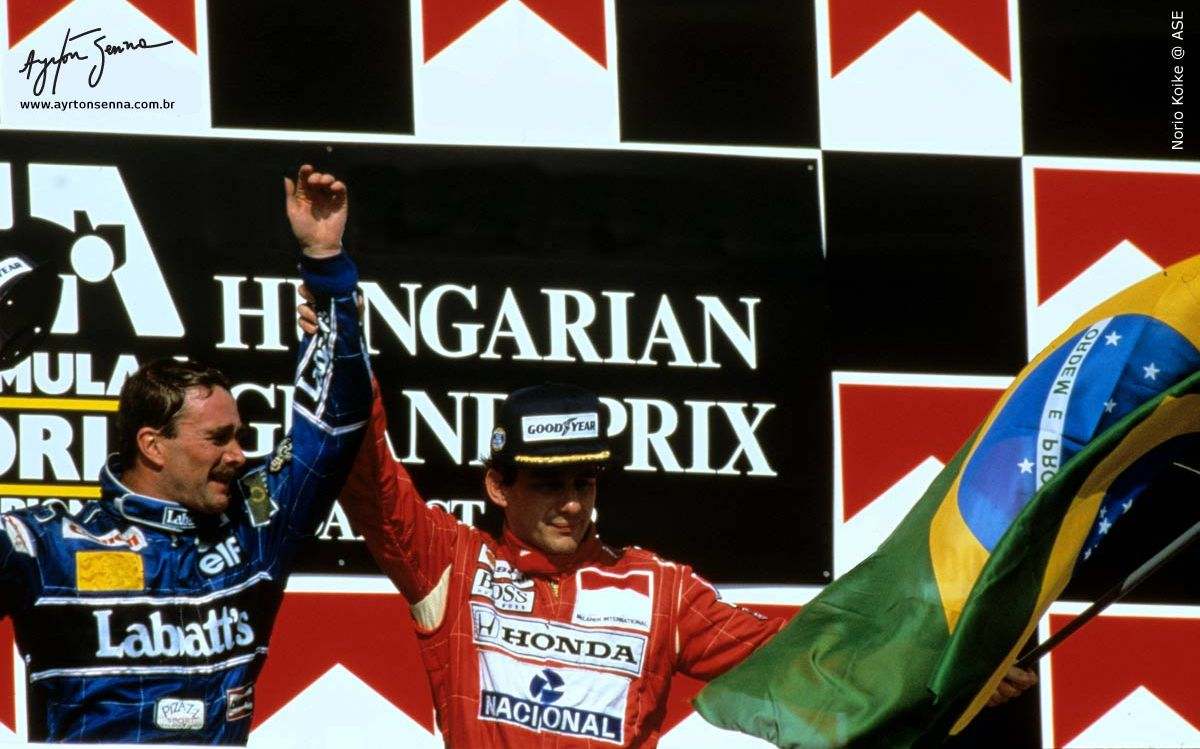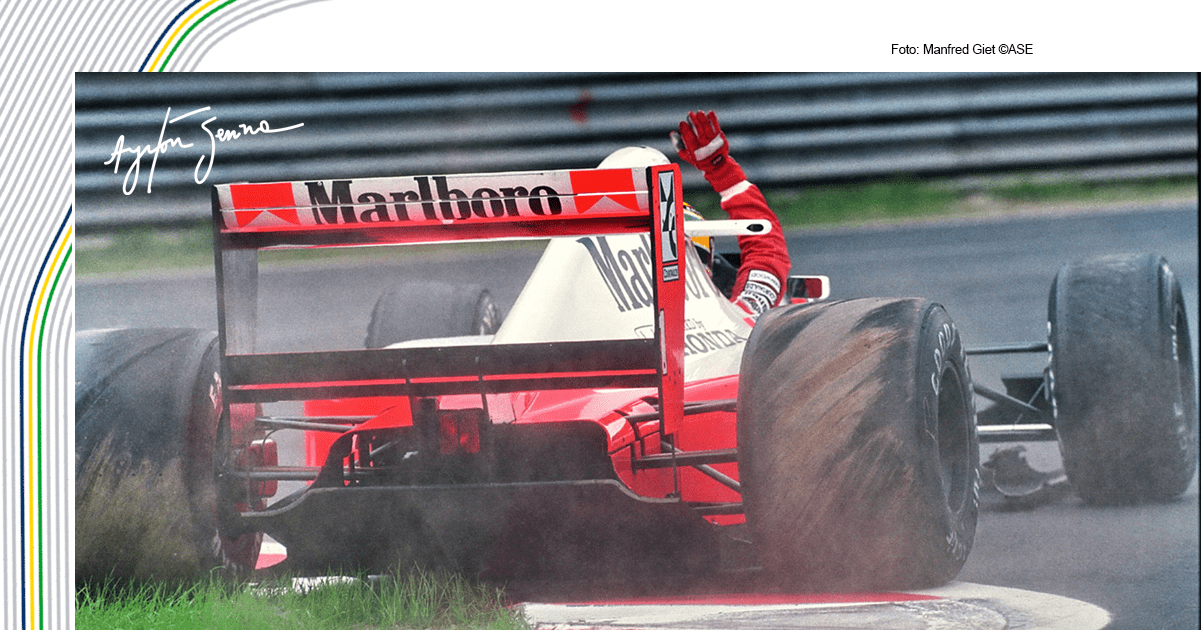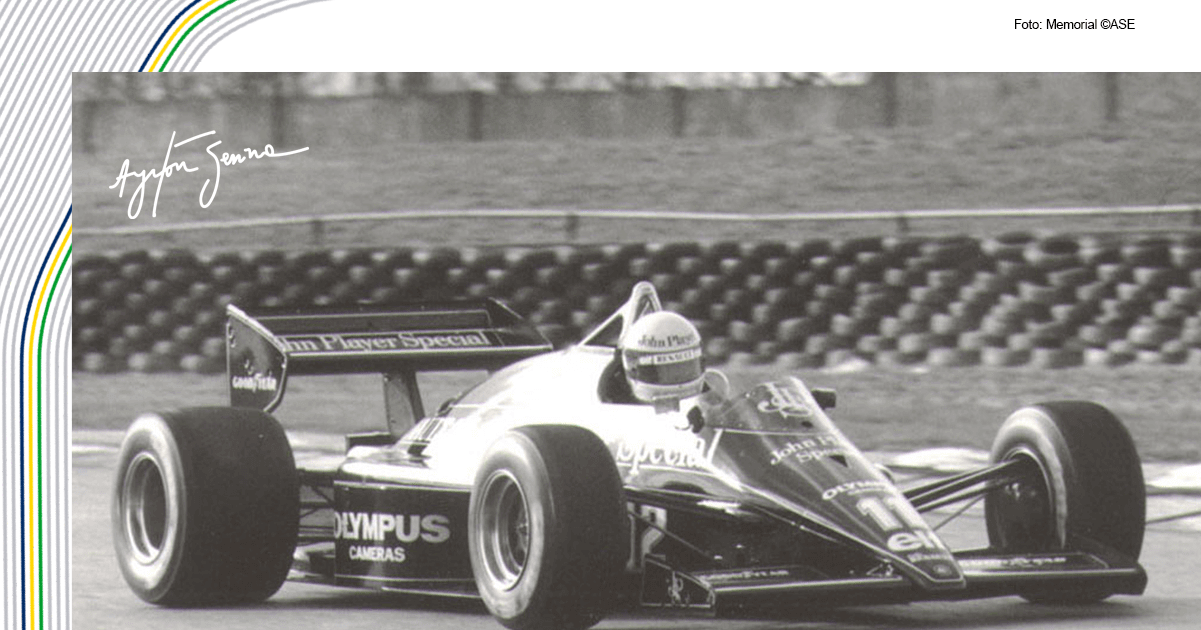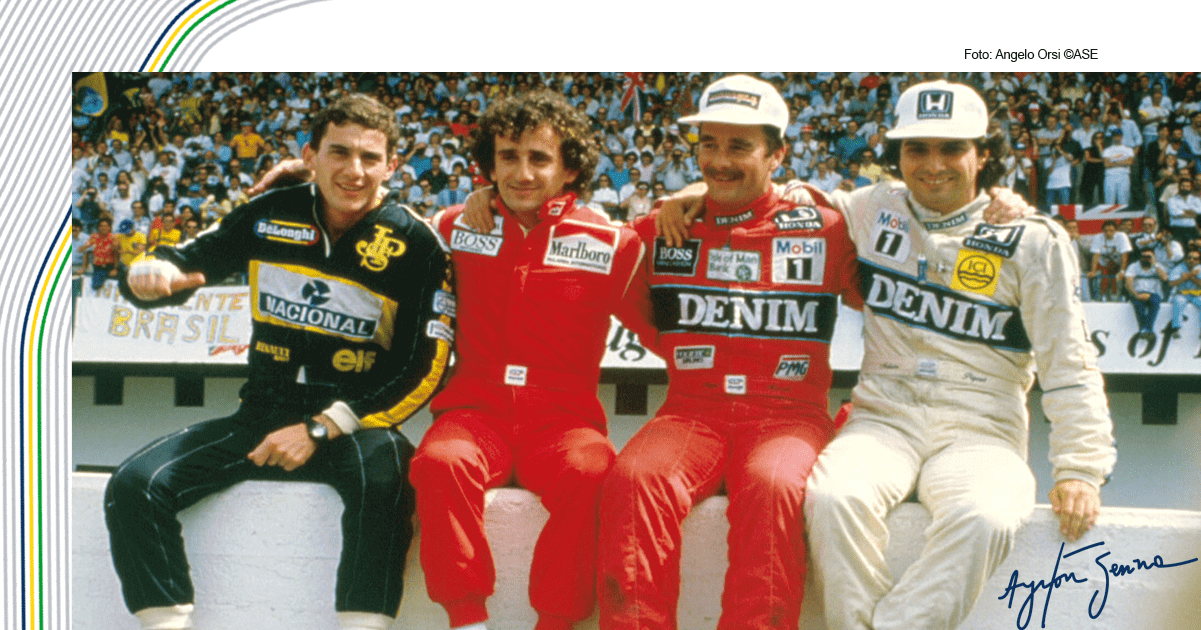“The Williams are out of this world”. That was Senna’s statement after stepping out of his McLaren at the 1992 Brazilian GP, with a broken car. It was just the third race in the year, and the British team had already scored one-twos in every race, always with Nigel Mansell and Riccardo Patrese.
Senna knew it he would have a hard time defeating the Williams-Renaults, but the unbeatable cars were surpassed by the three-time champion in four GPs: Senna won in Monaco, Hungary and Italy, and took an unlikely pole position at the qualifying sessions for the Canadian GP – which, on June 13, celebrates its 25th anniversary.
But why, after all, were the Williams so much faster than the cars from team McLaren, which had won the four previous championships (three with Senna and one with Alain Prost)? There’s not a simple answer, but two areas of those cars helped them become F1 legends: aerodynamics and electronics.
At the beginning of 1992, Williams presented the FW14B as a sort of update of the 1991 vehicle. No one – probably not even themselves – expected such a success that early in the year, even though the Williams were already the fastest cars on the grid by the end of 1991 (which allowed Mansell to fight for the title, even though Senna had won the first four races of the season).

Following the initial good results in 1992, Williams decided to scrap their plans of unveiling the FW15 model and save it for the 1993 season. With the arrival of Adrian Newey, considered the most successful designer in F1 history (and nicknamed “the clipboard magician”), the British team developed a new type of active suspension, giving the FW14B the ability to “predict” the best possible height to make corners and deal with the track’s irregularities.
Besides that, Williams created a new semiautomatic gearbox and designed a more effective traction control system, which stopped one cylinder from working if the car started drifting. With the technologies developed by Newey, Patrick Head and other engineers, the team became unbeatable on most tracks in 1992.
Williams won tem times, that season – nine of them with Mansell and one with Patrese – wrapping up the year with 15 pole positions out of a possible 16. That explains why Senna’s pole in Canada, with a time just 0s097 faster than Patrese’s, who started in second, is considered such a feat in F1 history.




